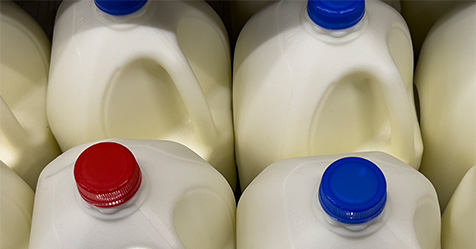How Do Robot Vacuums Work?
Modern technology helps automatic vacuum cleaners figure out where to go.
You might already be using them in your facility. You might employ them for your cleaning business. You might be attracted to their convenience, efficiency, and cost effectiveness.
But how the heck do robot vacuums work?
In a recent YouTube video, BBC News asked more specifically, how do these robots that ride around by themselves know where to go?
According to the video, most vacuum cleaners that go about on their own use a technology called simultaneous location and mapping—or SLAM for short. The vacuums need to map out their environment first, in order to have an idea of where they are going. To do so, they scan their surroundings using light detection and ranging spatial technology known as LiDAR. The technology uses a spinning laser to determine the distance to objects around the vacuum.
But according to the video, LiDAR has its cons, one of which is its price.
“The problem with LiDAR is, if you want high performance, they’re extremely expensive,” said Owen Nicholson, CEO of SLAMcore, a company that creates localization, mapping, and perception software for robots and other machines. “It can be thousands of dollars. So that’s not going to cut it for commercial products at all in the consumer space.”
“But then,” he continued, “the low-cost ones, which you see on many of the consumer products out there, just are very unreliable.”
An alternative technology being developed utilizes vision rather than LiDAR to build up a map of the area the vacuum will be cleaning. Using a low-cost camera, the software can determine not only how far away it is from objects, but exactly what those objects are and if those objects are likely to stay put. The vacuum needs to know what is occupied space and what is not. Once the software has determined what everything is and where it is, it can then decide what it should do with that information.
The cameras currently being tested with robot vacuum cleaners will eventually find their way attached to drones and other autonomous devices in the future.
“One of the big benefits of a robot or a machine knowing the object it’s encountering is it may choose to modify it behavior, depending on the type of object that it is,” Nicholson said. “So, for example, a drone may see a person and want to keep a really wide berth, because there could be a safety risk there.”
So, the next time you see a robot vacuum cleaner, remember—it might just see you too.
To learn more about robotic solutions for your facility or business, check out Gain a Competitive Edge With Robotic Cleaning.


